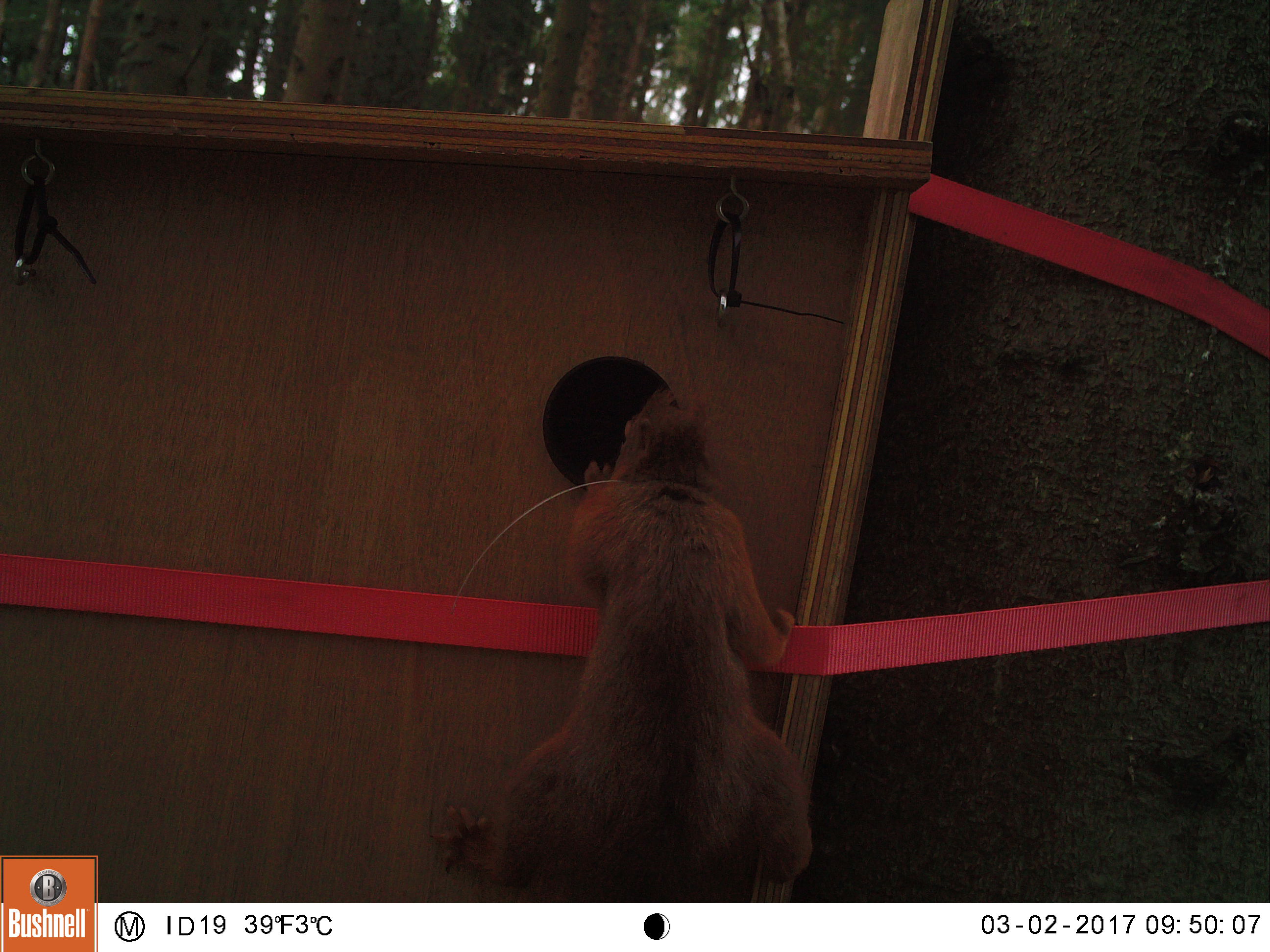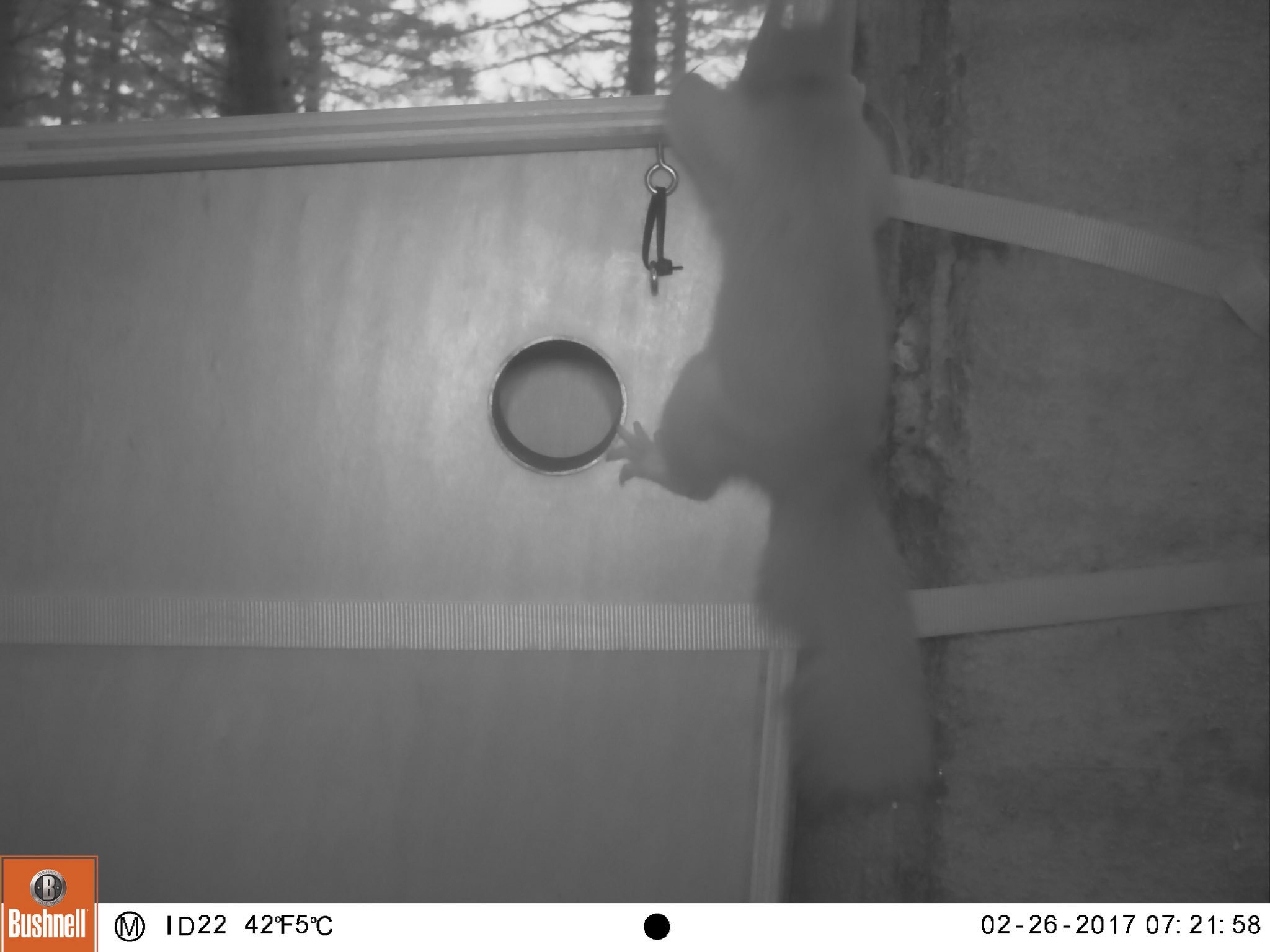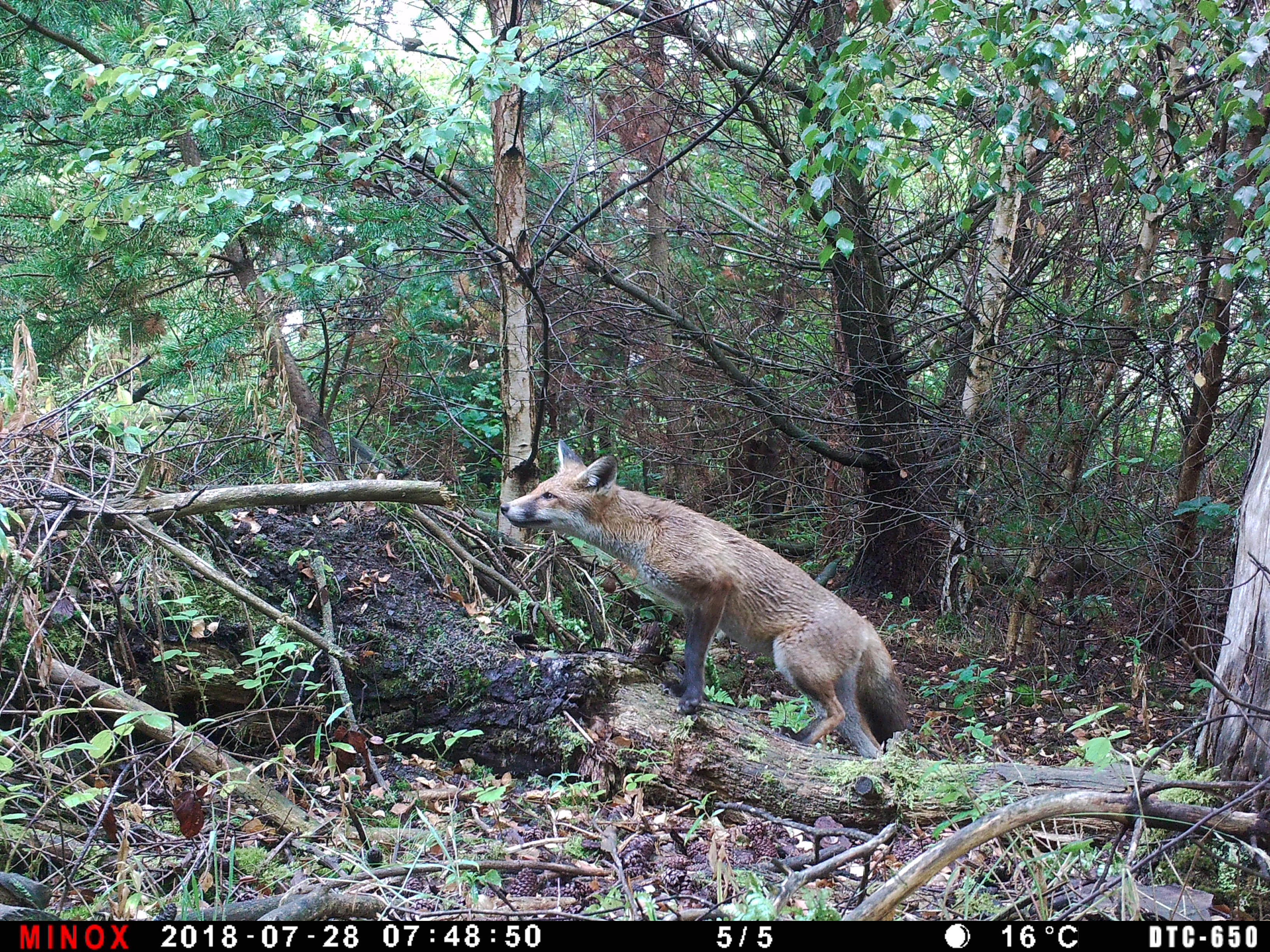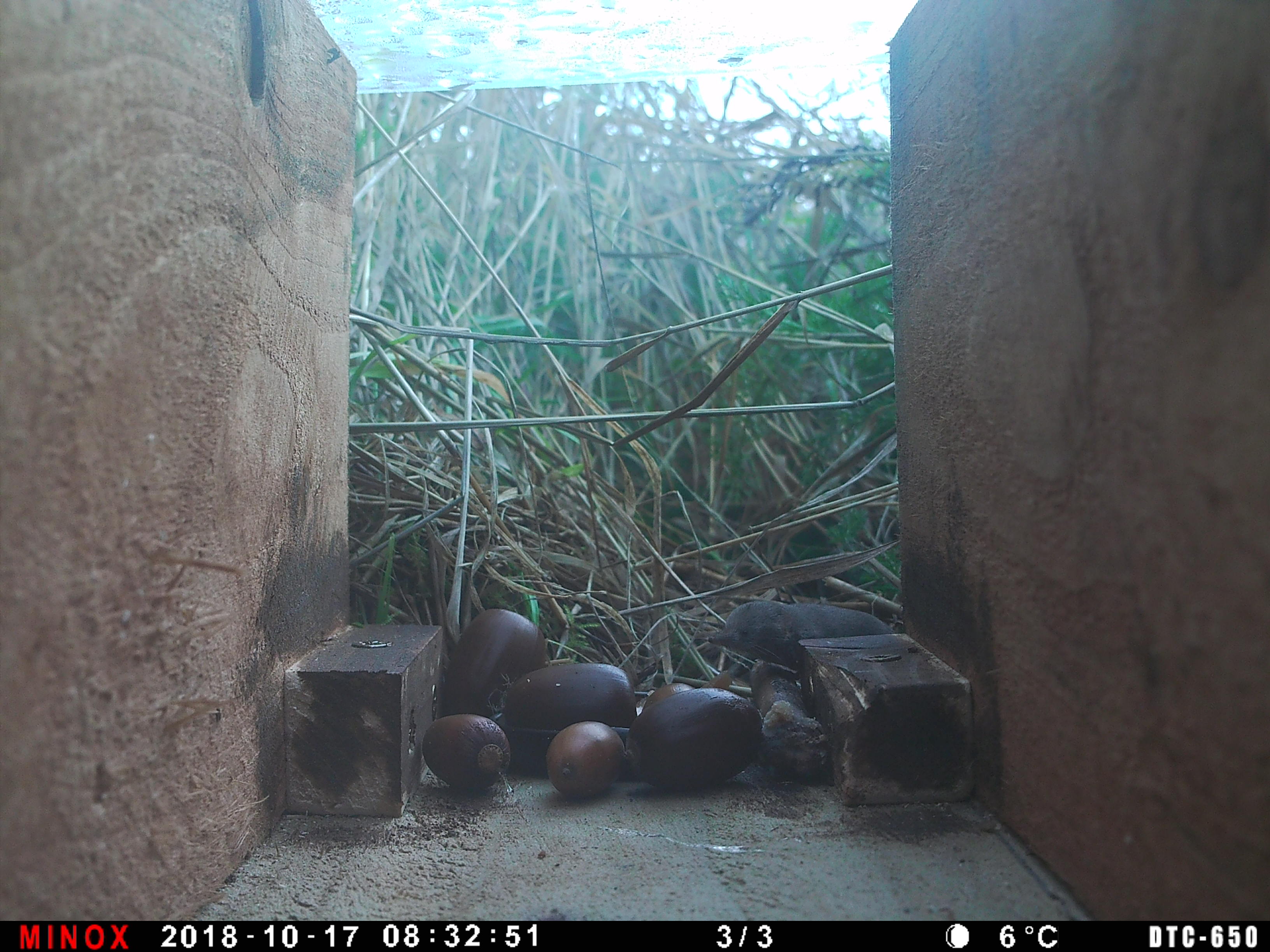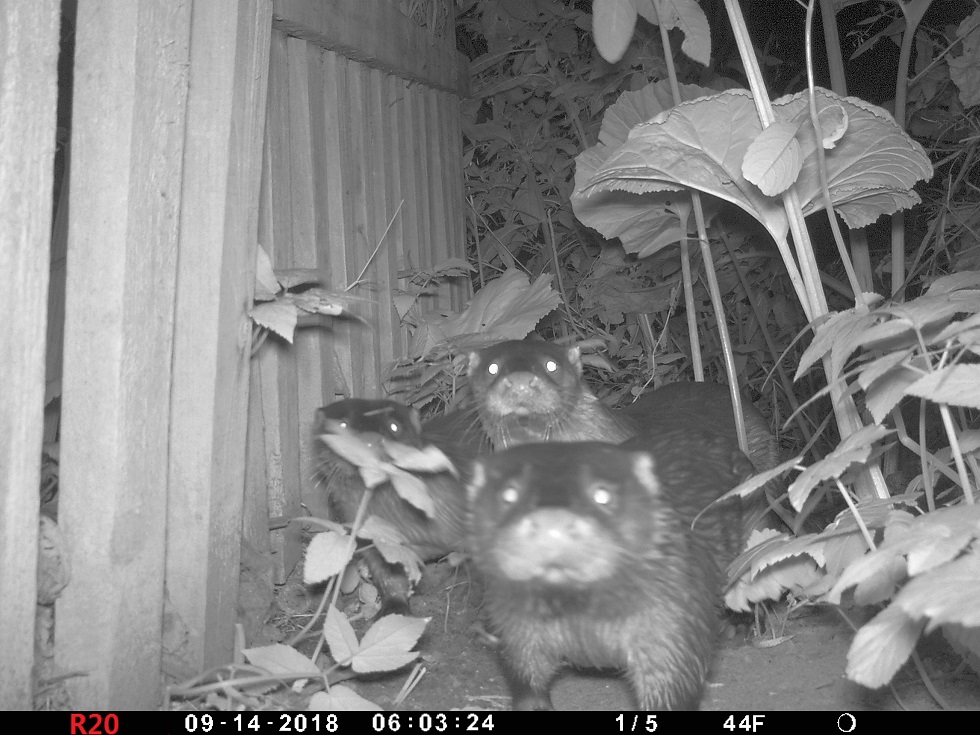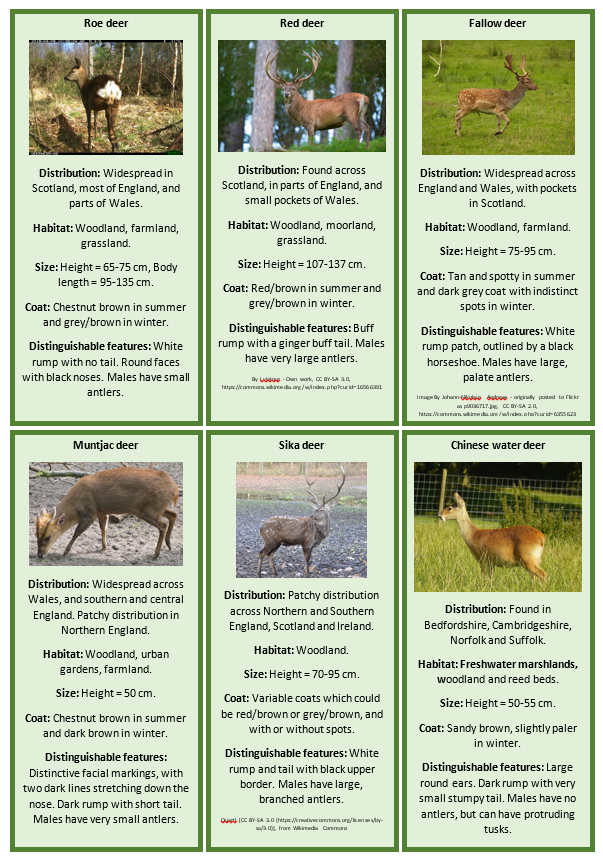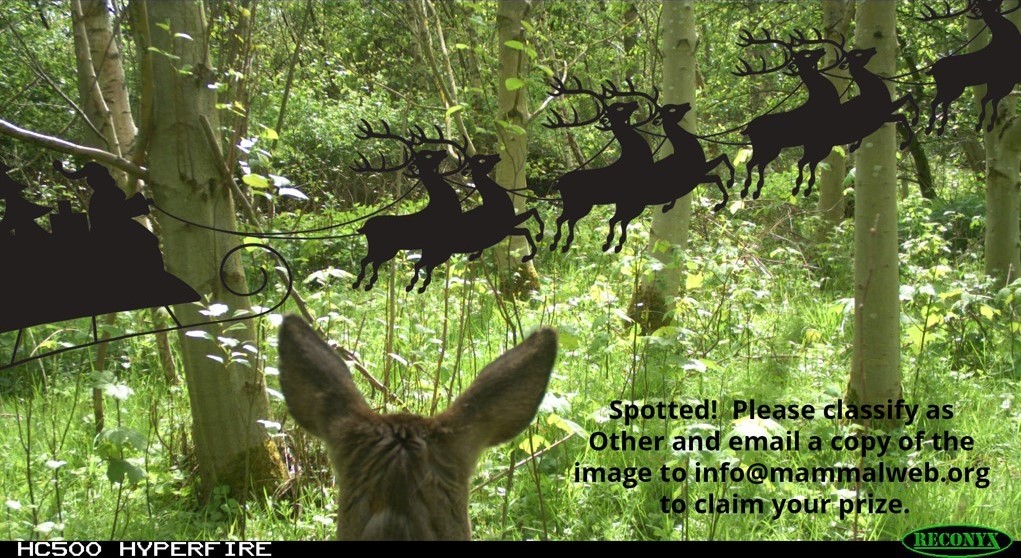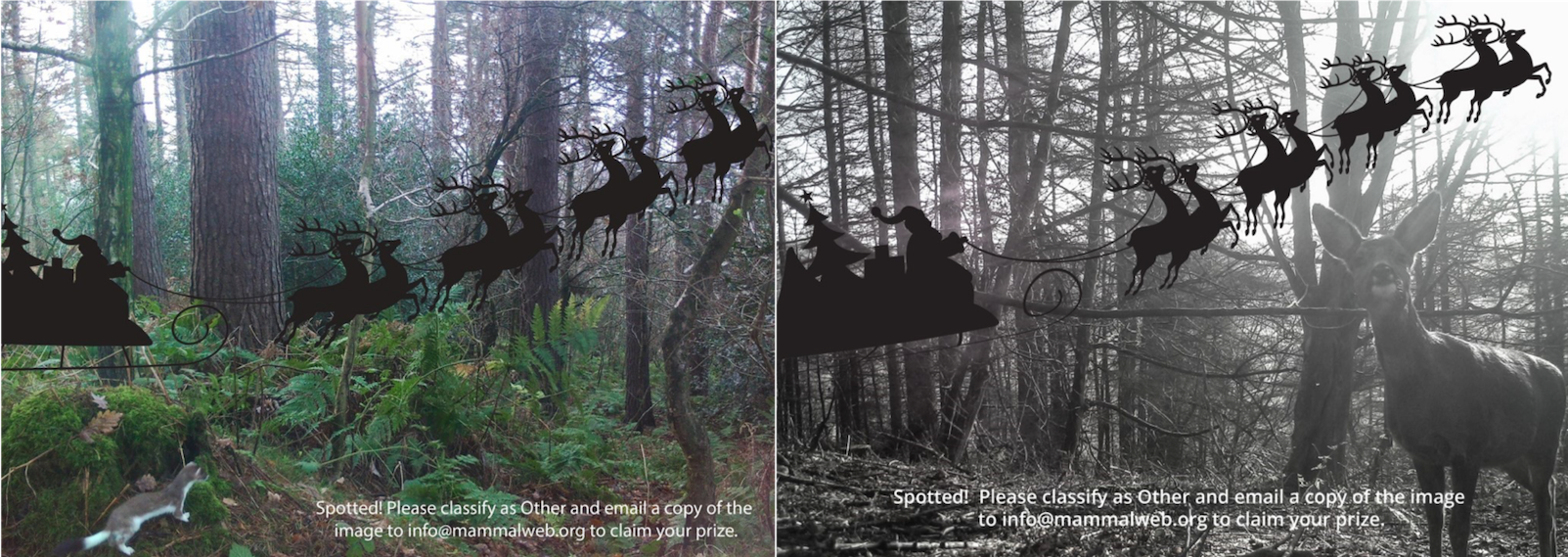22-12-2018
As we approach the end of 2018, we wanted to say a huge THANK YOU to everyone who has contributed to MammalWeb over the past year! It has been a tremendous year for Mammal monitoring in the north east of England – and increasingly further afield.
At the start of this year, 70 Trappers had deployed cameras at 227 sites, uploading 55,192 sequences, for which 257 Spotters had submitted 92,972 sequence-classifications (representing 40,374 unique sequences, or 73% of the sequences in the system).
As of today, 97 Trappers have now deployed cameras at 430 sites, uploading 122,742 sequences, for which 473 Spotters have submitted 208,229 sequence-classifications (representing 110,139 unique sequences, or 90% of the sequences in the system). This is tremendous growth in our efforts to find out more about where our wild mammals occur, what they do and what affects that. Next year promises to be much bigger!
This year has also seen the publication of our first paper, led by Pen, discussing how we can be confident about what species are pictured in the sequences you trap. This was a collective effort by everyone who has contributed to MammalWeb – so well done to all of you! Another major achievement was Sammy’s rigorous survey of the whole of County Durham. Thanks to everyone who made a huge effort to get so many of the images from that survey classified in such a short space of time! Thanks to you, Sammy was able to present her preliminary results at the recent meeting of the British Ecological Society. You can expect to hear more about that study over the coming year. We have also welcomed two new people – Sian Green and Jonathan Rees – to the MammalWeb team, as well as multiple new collaborating organisations, and you can expect to hear more about their work over coming months.
We look forward to a very exciting 2019. There are some great developments in the pipeline, and you can expect to see some fabulous site improvements very soon …
For now, however, we’d just like to say a big THANK YOU again and to wish you all the best for a very merry Christmas and a happy new year! As a token of our appreciation, there are now 3 sequences on the platform that have been modified in recognition of the season (the picture below is a hint!). If you come across one of those between now and the 12th day of Christmas (specifically, midnight on the 6th of January), you will win a brand new camera trap! If you see one of the modified sequences, please classify it as “Other” and send a copy of the picture to This email address is being protected from spambots. You need JavaScript enabled to view it.. You can download it by right-clicking and choosing “save image” (or similar, depending on your browser). Happy hunting, and have a great holiday!
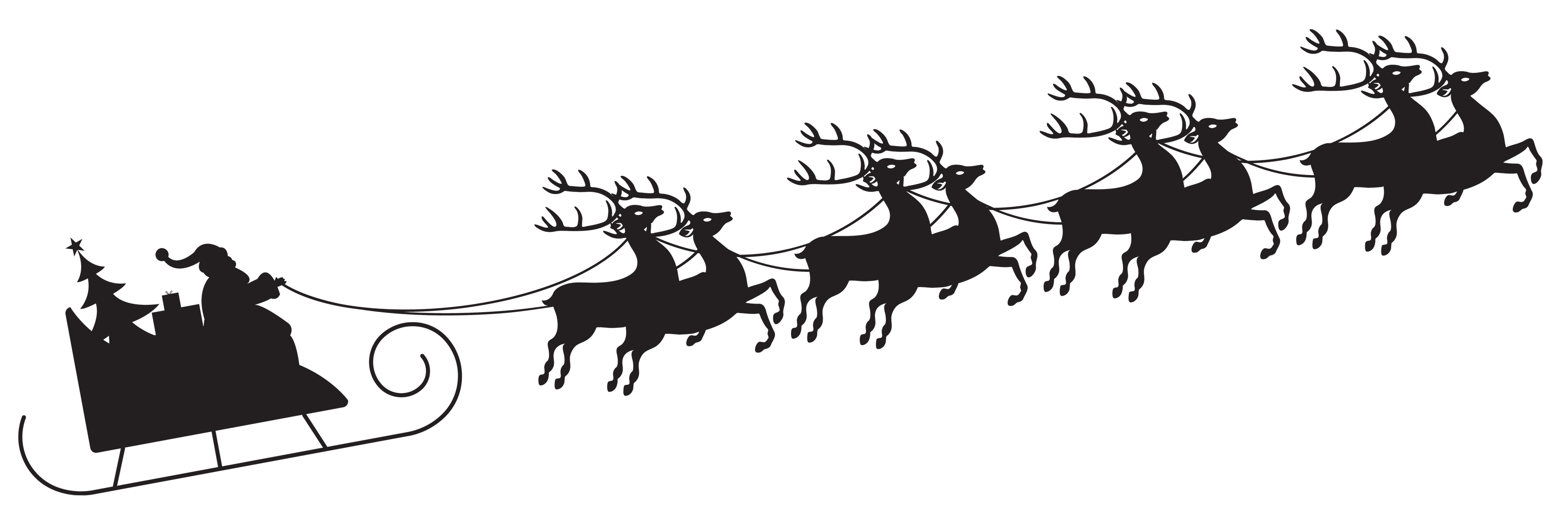


 English (United Kingdom)
English (United Kingdom)  Czech (Čeština)
Czech (Čeština)  Nederlands (nl-NL)
Nederlands (nl-NL)  Magyar
Magyar  Deutsch (Deutschland)
Deutsch (Deutschland)  Croatian (Hrvatski)
Croatian (Hrvatski)  Polski (PL)
Polski (PL)  Español (España)
Español (España) 



